Jaffna Fort
Built by the Portuguese
The ancient Jaffna Fort is the second largest existing fort in Sri Lanka. Originally built by the Portuguese in 1619 and re-built and expanded by the Dutch during the second half of the 17th and the 18th centuries to facilitate trading activities of Sri Lanka’s northern region, it indicates not only Jaffna’s strategic importance to Europeans but its significance throughout Sri Lanka’s history. Nelson in his book ‘Dutch Forts of Sri Lanka’ claimed that “it was, as a technical fort, everything was done to the latest design at each successive stage and final result was the strongest fortress in the East’’
The Jaffna Fort is a large and historically significant military fortification located in Jaffna, Sri Lanka, on the southern side of the peninsula overlooking the Jaffna lagoon. It is the second-largest existing fort on the island.
Here is a summary of its history, significance, and current status:
History and Colonial Eras
- Portuguese Origin (1618): The fort was originally built by the Portuguese in 1618 after their invasion of the Jaffna Kingdom. They named it the Fortress of Our Lady of Miracles of Jafanapatão. The original structure was a sturdy square fort.
- Dutch Expansion (1658): The Dutch captured the fort from the Portuguese in 1658. They significantly expanded and rebuilt it, demolishing the old structure and constructing a new inner pentagonal fortification. The Dutch design, with its pentagonal shape, bastions named after Dutch provinces (like Zeeland and Holland), and a star-shaped moat, made it one of the most advanced military forts in the East.
- British Control (1795): The fort was surrendered to the British in 1795 without a shot being fired and remained a British garrison until Sri Lanka’s independence in 1948.
Sri Lankan Civil War
- Focal Point of Conflict: Following independence, the fort became a garrison for the Ceylon Army. With the onset of the Sri Lankan Civil War, it became a crucial strategic stronghold and the site of several fierce battles and sieges.
- LTTE Control: From 1985 to 1995, the fort was controlled by the Liberation Tigers of Tamil Eelam (LTTE).
- Recapture: It was recaptured by the Sri Lanka Army in 1995 after a 50-day siege. The fort and the buildings within it suffered severe damage from artillery fire during the war.
Current Status and Tourism
- Renovation: The fort today is a prominent historical site and is undergoing painstaking restoration, with financial assistance from the Dutch government.
- Visiting: Visitors can explore the walls, gateways, moats, and ramparts, which offer wonderful views over the Jaffna lagoon. The visible scars of the civil war on the walls serve as a poignant reminder of the island’s recent history.
- Military Presence: It remains garrisoned by a detachment of the Sri Lanka Army, with limited access for visitors.
- Significance: The fort is a powerful symbol of Jaffna’s colonial past, its strategic importance on maritime trade routes (particularly for elephants and pearls), and its more recent turbulent history as a battleground. It is considered one of the most visited historical destinations in the Northern Province.
Local Hotels
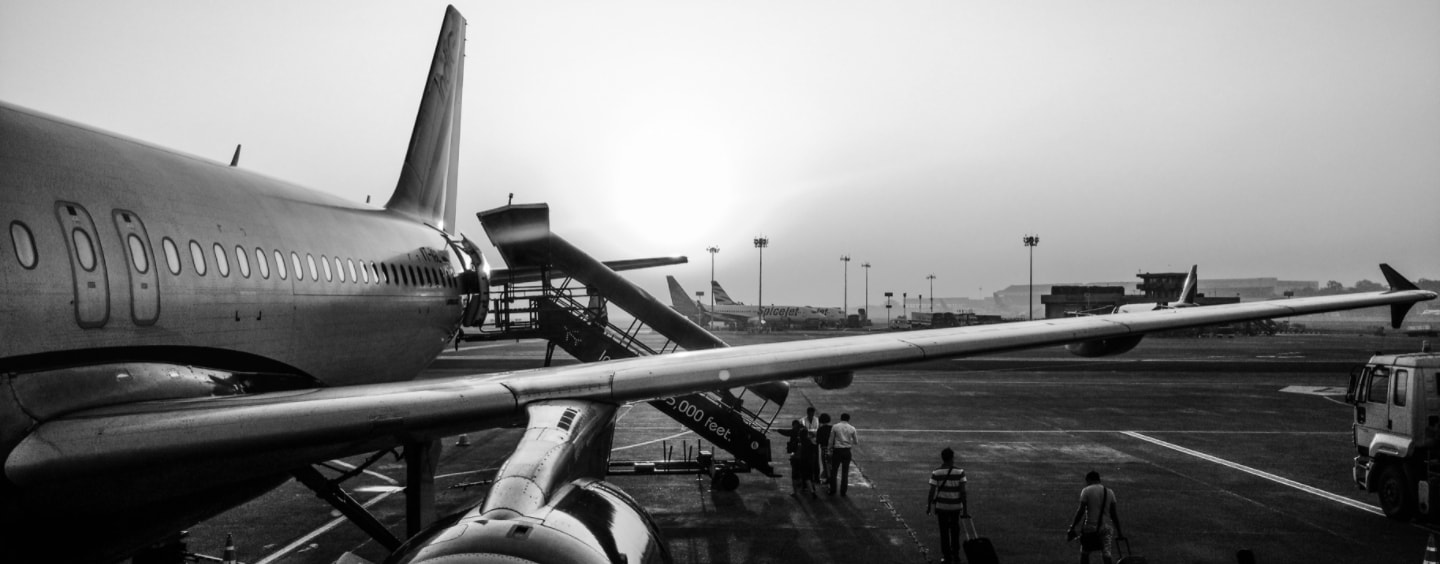
Unsure Where To Start?
Let’s talk about your Earth Trip


Our travel specialists are seasoned explorers with deep local insights. Whether it’s uncovering hidden gems or planning immersive cultural experiences, we design trips that go beyond the ordinary. Get in touch today!
Request A Video MeetingOther Popular Experiences










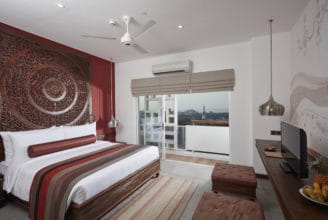
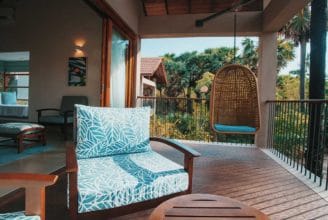
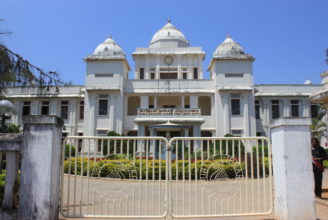
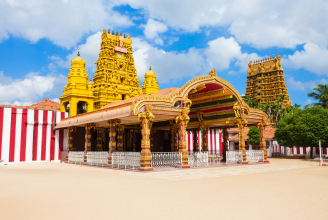
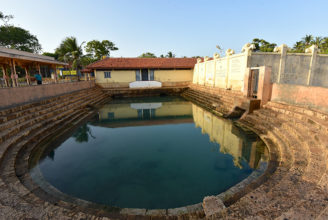
 Jaffna Fort
Jaffna Fort